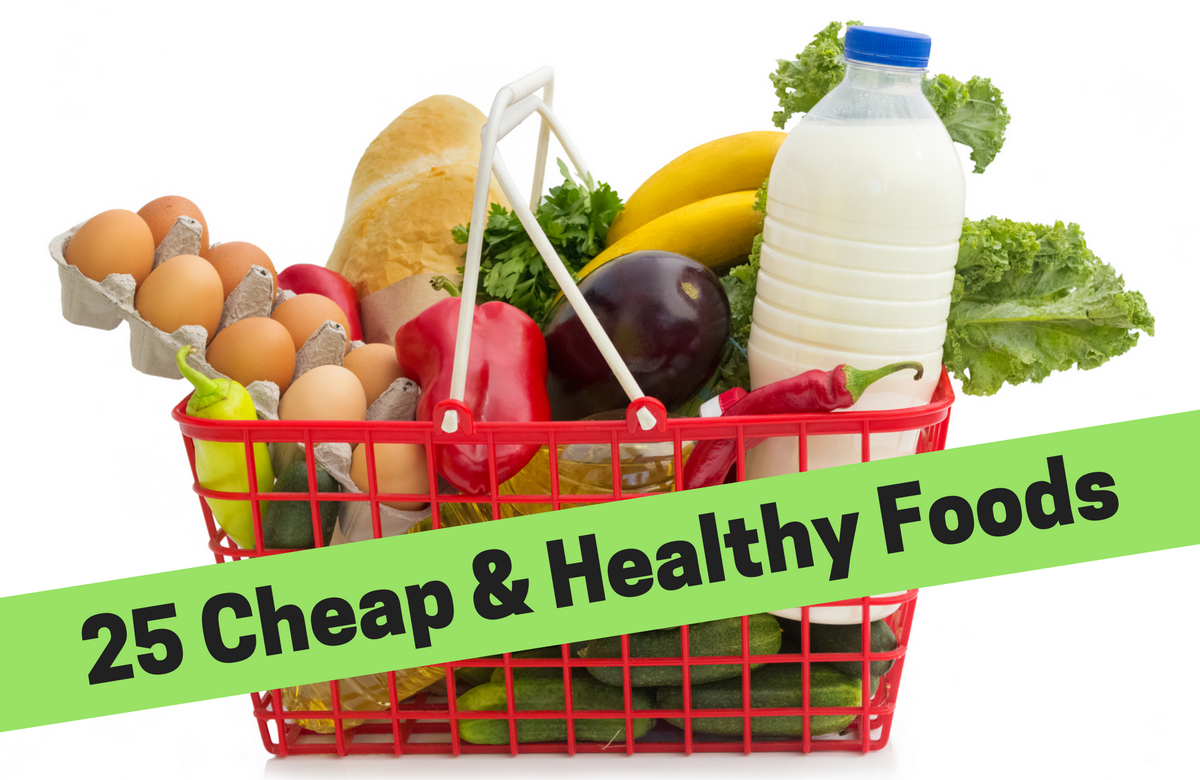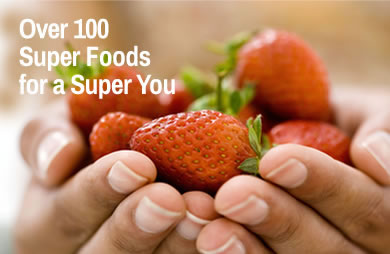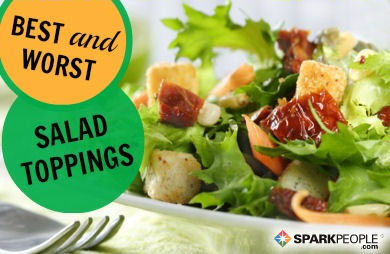10 "Unhealthy" Foods that are Actually Good for You
-
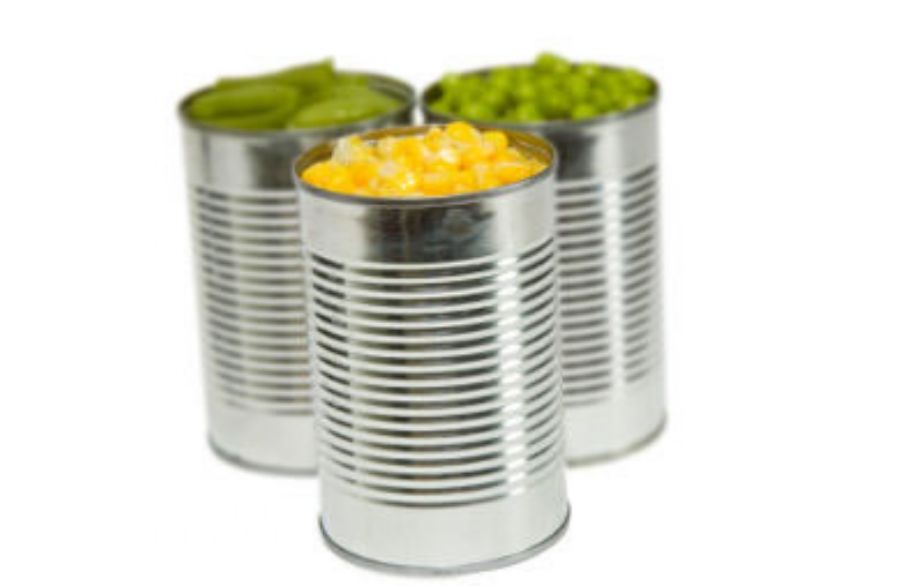
Canned Vegetables
Canned veggies have earned an undeserved reputation. Yes, many types are high in sodium, but don't discount them completely. You can purchase low sodium varieties and/or rinse your canned veggies in a colander before your meal to remove much of the excess sodium. And most nutrition experts agree that the vitamin and mineral content of fresh, canned and even frozen veggies are all about the same--not less nutritious as once thought. Canned vegetables are inexpensive, easy, and a great fallback when you haven't been able to restock your kitchen with the fresh stuff.
-
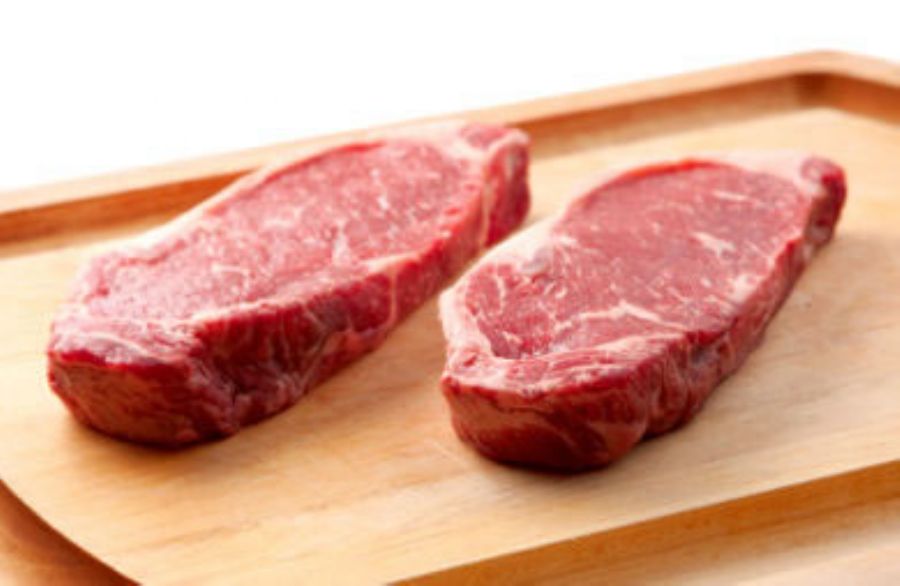
Red Meat
Buy the right kind of red meat, and you're on your way to a meal packed with protein, iron, vitamin B-12, and zinc. Not all red meats make healthful choices (beef brisket, for example has 16 grams of fat per 3-ounce serving), but some varieties, like extra lean ground sirloin, which is 96% fat-free, contain just 4.5 grams of fat for a serving of the same size. Read food labels to ensure you choose lean cuts, such as eye of round (top round), top sirloin, bottom round, tenderloin and flank steak. Research has also shown that grass-fed beef is lower in saturated fat and higher in Omega-3's than traditional beef.
-
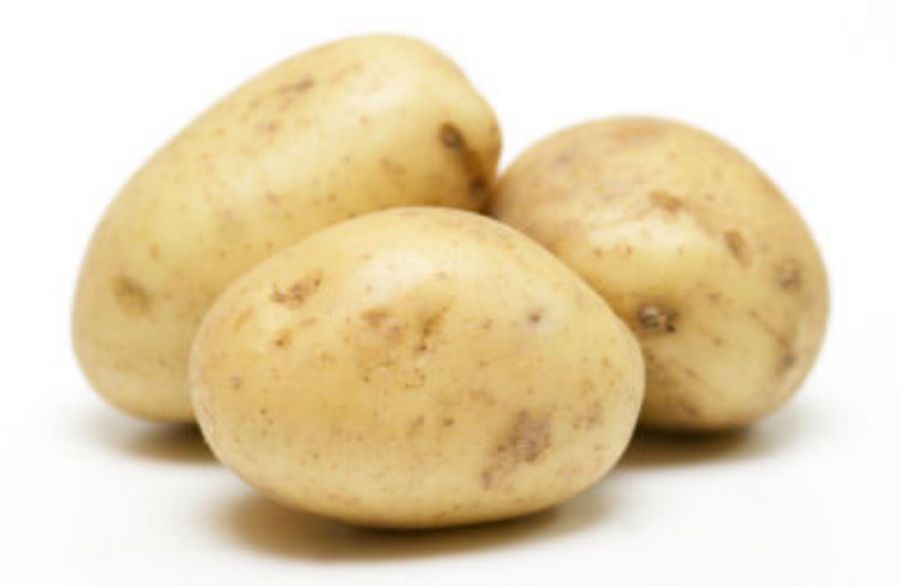
Potatoes
The low-carb fads of the late '90s still linger today, and many people still believe that white potatoes should be avoided at all costs. The potato can be a great source of carbohydrates and nutrients, including vitamins C, B-6, and folate and fiber (4 grams when you eat the skin). The key is to eat the right portion size and rethink your add-ons (and cooking method). Some large potatoes are almost the size of a football, so be sure to cut those in half or even thirds. To enjoy your potatoes in a healthy way, cut them into 1-inch thick slices, season with garlic, herbs and pepper and bake in the oven until soft and golden brown.
-

Avocados
Avocados have taken the brunt of the criticism for the fruit and veggie world. Perhaps you, too, have overheard folks saying that avocados are bad for you, when in fact, the opposite is true. They received their bad reputation due to their relatively high fat content, but the often-ignored fact is that these fruits are full of heart-healthy, monounsaturated fat. Two tablespoons of avocado has just 50 calories and 4.5 grams of fat, 4 grams of which are unsaturated. Comparing this to the 204 calories and 23 grams of fat in the same amount of salted butter puts it into perspective. Avocados also carry 20 different vitamins along with plenty of lutein for your healthy vision. So go ahead! Spread some on your sandwich, place some chunks on your grilled fish, or throw a couple slices onto a green salad.
-
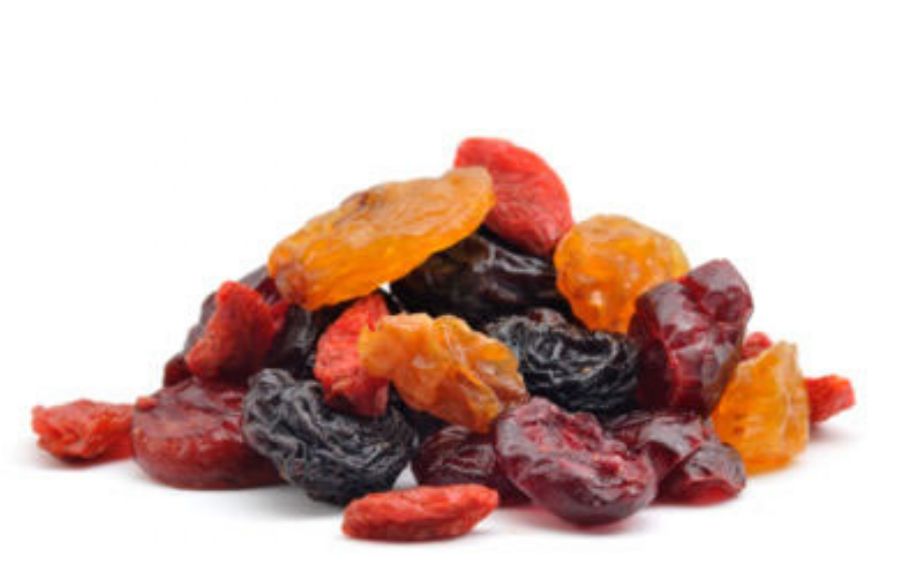
Dried Fruit
Although some brands of dried fruit do come with gobs of added sugar or oil, that doesn't mean every dried fruit is a bad choice. Dried fruit (without added sugar) can be a great source of vitamins, minerals and fiber. Some criticize dried fruit because "the water is taken out and only the sugar is left." In reality, the sugar was there to begin with, and if you can munch on a handful of natural dried fruit and drink a glass of water, you're getting in one more fruit serving for the day! Try dried fruits like mango, apples, bananas, kiwi, peaches, pears and pineapple. Check the labels to ensure there is no added sugar, and if you have trouble finding a good brand you can make your own (and save money doing so) with a small food dehydrator. Great as a portable snack, a healthful solution to your sweet cravings, and thrown on cereal, salads and cooked meat, dried fruit has a place in any healthy diet.
-
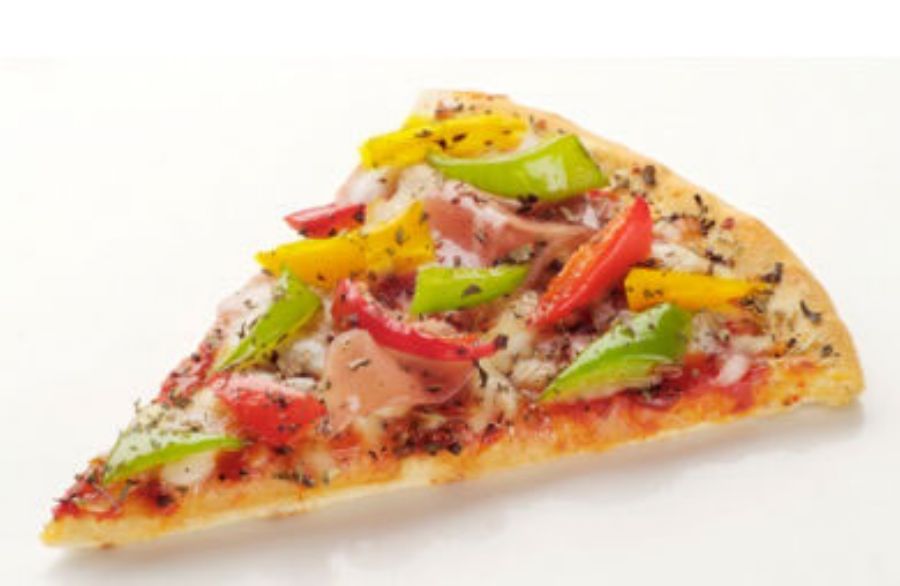
Pizza
When done right, pizza can pack a load of nutrients--especially when you make it yourself in your own kitchen. To give pizza a makeover, use a whole-wheat crust; top your pizza with a bit of sauce, hummus or a drizzle of olive oil; then, load it up with sliced veggies like peppers, mushrooms, zucchini and broccoli, some shredded, low-fat mozzarella cheese and your favorite fresh or dried herbs. Talk about an efficient (and delicious) delivery system for whole grains, vegetables, and protein-rich dairy!
-

Bananas
One medium banana (approximately 7 inches long) provides 0 grams of fat, 3 grams of fiber, 105 calories, and 27 grams of carbs--that's cheaper and more nutritious than most 100-calorie snack packs. These specs mean that bananas make great snacks, even for people with diabetes who need to follow carbohydrate-controlled diets. Why are bananas being called "fattening" or high in sugar compared to other fruits is a mystery. They do have a few more grams of carbohydrate than apples and oranges, but that does not mean they should be off limits!
-
.jpg)
Eggs
Eggs, especially egg yolks, have been blamed for causing high cholesterol and heart disease. According to the Harvard University Gazette, researchers found that eating an egg a day did not raise cholesterol levels. So you can feel light-hearted (literally) when enjoying up to an egg yolk per day. When you do, you're getting protein, unsaturated fats, vitamin D and every other vitamin and mineral in the book (save vitamin C). What's bad about that?
-

Shrimp
Another healthy protein source is shrimp. With a reputation as a "high cholesterol" food that is deep-fried more often than not, it's easy to see why people want to avoid it. But eating foods high in cholesterol is just one of many factors that affect your cholesterol levels. Four ounces of shrimp has just 165 milligrams of cholesterol, but also packs 18 grams of protein and a single gram of fat. When you enjoy a high-fiber breakfast and a meatless lunch, you should be able to fit shrimp into your diet and still come under your daily limit of 300 milligrams of cholesterol per day. It's great in stir-fries, pasta and straight off the grill, but avoids deep-fried shrimp to keep this choice a healthful one.
-

Iceberg Lettuce
Iceberg lettuce may be light on the nutrient-side when comparing it to spinach or kale, but it is far from being a pointless or unhealthy food. "It's nothing but water," people say. Well, we all need more water, so what's wrong with that? In fact, eating water-rich foods can keep you feeling full longer. Iceberg is extremely low in calories, which means you can load up your salad with lean proteins like beans, seeds, fresh and dried fruits, and a nice, light dressing. Two cups of the crunchy stuff even gives you a tiny bit of folate and calcium to boot! Sounds healthy to us!
This slideshow has been reviewed and approved by SparkPeople's head dietitian, Becky Hand, Licensed and Registered Dietitian.
See more nutrition slideshows
10 Unhealthy Foods that are Actually Good for You
Written by: Sarah Haan, Registered Dietitian
Why is it that so many delicious and healthful foods have gotten such bad raps? We could blame the sensational headlines in the media or your Uncle Jack's lack of understanding about the latest scientific research study, but when it comes down to it, we've all heard some bad things about what has turned out to be some really great foods. These bad reps may be based on a one-sided story, old wives' tales or outdated research, yet many people who want to eat healthier are shying away from foods that are actually good for them! We recently told you about some "healthy" foods that are anything but, and now we're setting the record straight about some of the "unhealthy" foods that are actually good for you! How many are you avoiding?
Start Slideshow
Canned Vegetables
Canned veggies have earned an undeserved reputation. Yes, many types are high in sodium, but don't discount them completely. You can purchase low sodium varieties and/or rinse your canned veggies in a colander before your meal to remove much of the excess sodium. And most nutrition experts agree that the vitamin and mineral content of fresh, canned and even frozen veggies are all about the same--not less nutritious as once thought. Canned vegetables are inexpensive, easy, and a great fallback when you haven't been able to restock your kitchen with the fresh stuff.
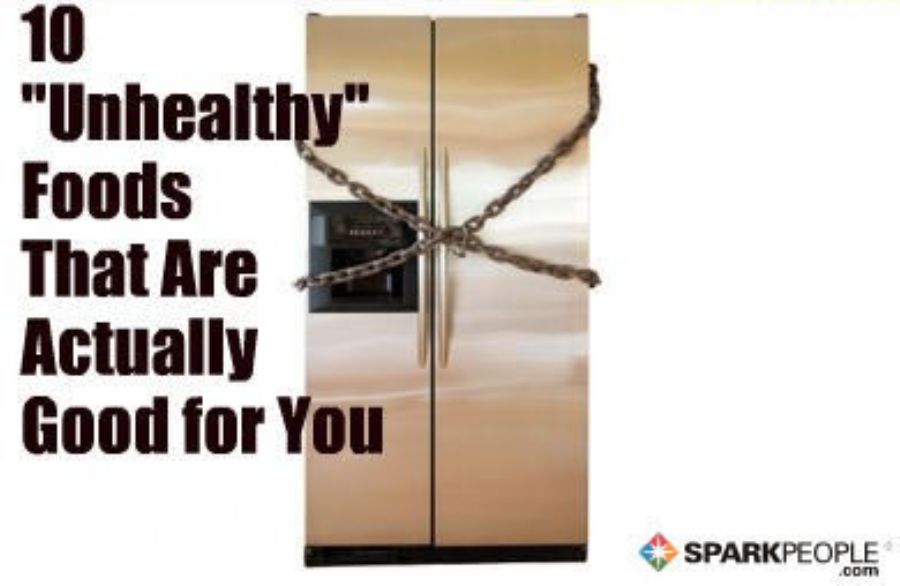
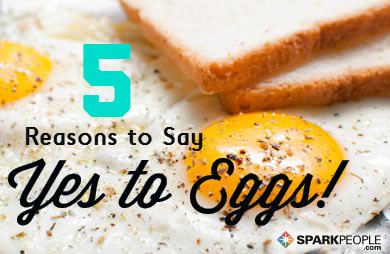
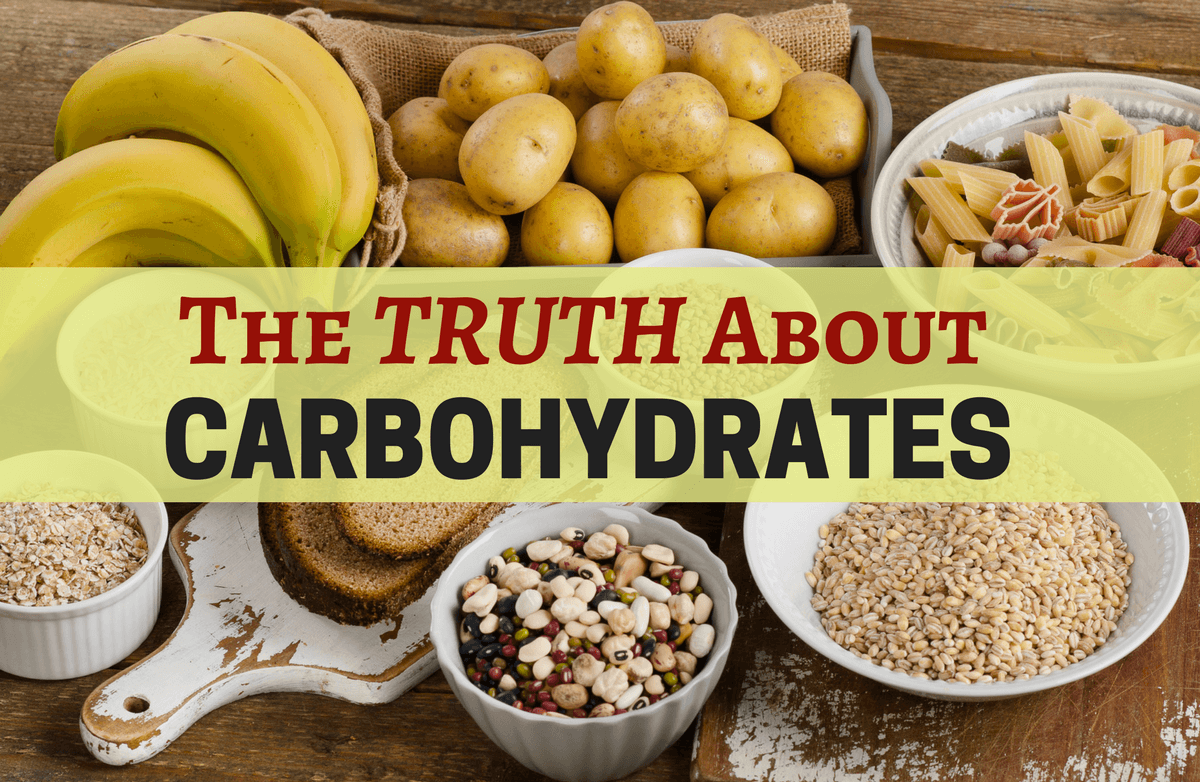
.jpg)
